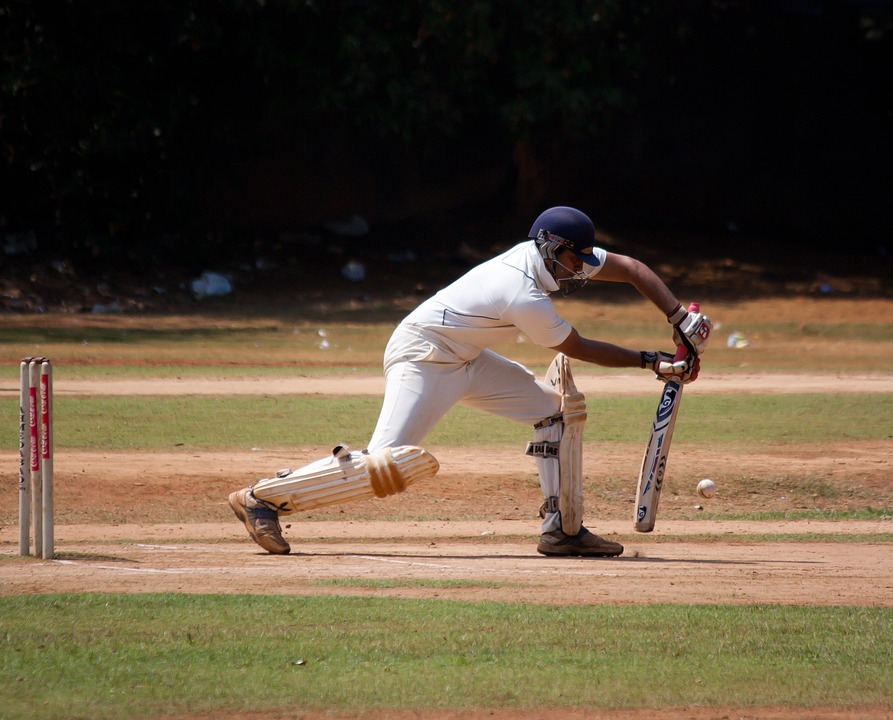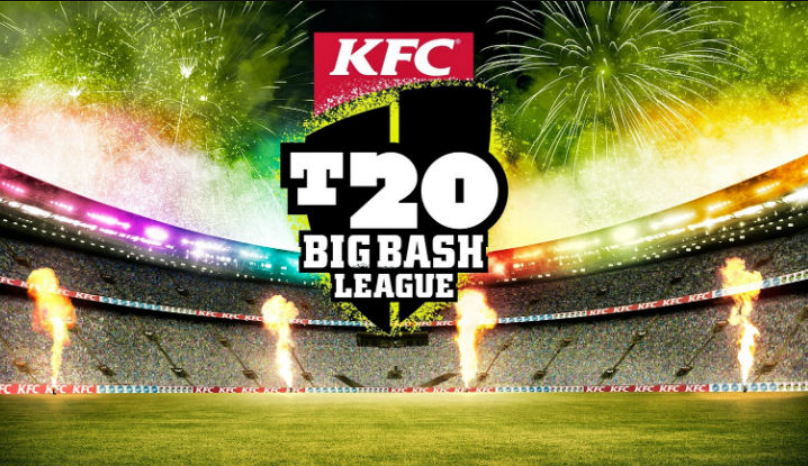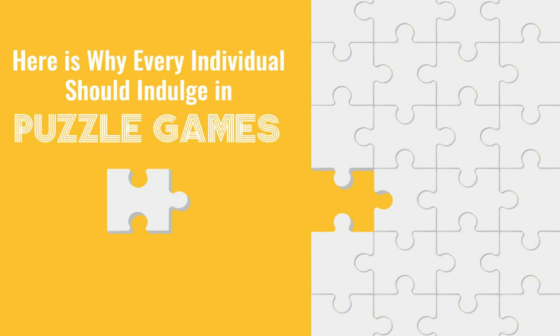The Big Bash League has been experimenting with implementing a new review system for a while now, but setback after setback stopped any and all plans in their tracks. However, it seems as though things are finally starting to come together, and the Big Bash League is now going to be implementing the highly-anticipated (but controversial) DRS system within the next couple of weeks.
This ordeal is going to change the league dramatically, and if you are a huge fan of cricket, then knowing precisely what the DRS system is as well as what it means for the future of the sport is absolutely essential.
In this article, we will be taking a look at the new reviewing system that is now going to be implemented into the Big Bash League, as well as going through a couple of the potential issues that could pop up from this development.

Introducing The DRS System
If you are unfamiliar with DRS in cricket, let us give you a brief overview. The DRS system is a piece of technology that helps referees make crucial decisions in matches whenever something is too close to call, and this often leads to the result of “fairer” matches and more accurate decisions.
DRS is almost identical to the VAR system in football – both work in similar ways and give the same end result. As you would expect, the DRS system as well as any other technology that has the power to decide the outcome of games is usually incredibly controversial, and opinions on this matter differ vastly across different people.
This is something that we are going to delve into deeper in the next portion of this article – but it is important to keep in mind as you read further. There is one more rule that makes DRS differ from other technology-based decision systems, and that is that referees only have fifteen seconds to decide whether or not to use DRS after a controversial play/foul has been made.
This makes things even more complicated. This means that referees have to make a split-second decision as to whether or not their judgement is correct or if they need to consult the help of the DRS system. Whichever outcome is chosen undeniably has the potential to change the entire trajectory of a match, and because of this, the pressure on referees to make the right decision is astronomically high.
What Do The Fans Think?
As we mentioned earlier, the introduction of the DRS into the Big Bash League has been incredibly controversial. Not everybody believes that an AI should have the last say on a game-altering decision, and this makes its implementation rather difficult.
However, it is worth noting that the Big Bash League was one of the only leagues that had yet to implement DRS. The vast majority of other reputable cricket leagues already utilise DRS to some extent, and in most cases, DRS has been used in said leagues for years.
The Bash League has managed to escape DRS because of fluke after fluke – there always seemed to be some kind of reason why DRS could not be implemented. Although, as you already know by now, this is no longer the case.
The main argument both for and against DRS is that of how much of an impact AI should be able to have on a cricket game. Some fans believe that mistakes are a natural part of the game and they should be left where they lie, while others state that utilising DRS makes for a much fairer playing environment.
There is no ‘right’ side of this argument. Both sides have their merits, and in all truth, there is no easy solution to this problem. Regardless of what people think, DRS is now going to become commonplace in the Big Bash League, and unless any major changes are made, it is likely going to remain a part of this league for the remainder of its lifespan.
Taking a Look To The Future
While DRS is not always seen in a positive light, it is true that it definitely has its positives. The potential contained within DRS is enormous – it could even help get rid of howlers forever. This could lead us into an era of cricket where judgement mistakes are nonexistent, and for a sizable portion of people, this is going to be much more preferable to the current state that the league is in today.
However, it is worth mentioning that there is the possibility that DRS could take some of the excitement out of the game. The potential for a referee to mess up means that both sides always have some hope for a bad call, and knowing that this is not going to be a possibility from now on is certainly going to ruffle some feathers.
This is so much the case that we may even see DRS play less of a role in cricket if the fans begin to get bored and venture elsewhere – this would be a sure-fire way of making the higher-ups in cricket rethink just how large of a role that DRS should play.
No one quite knows if DRS is going to be a part of the game forever, and in all truth, we are just going to have to wait and see how things play out.
So, what do you think of the new DRS system that is going to be featured in the Big Bash League? Do you think this development is undoubtedly a good thing for the sport and should have been implemented a while ago, or do you think that DRS should not have a place in cricket? Either way; it is not very likely that things are going to change anytime soon.
While the Big Bash League has managed to escape the DRS system for much longer than most other leagues, it seems as though its time has finally come, and it goes without saying that the league is never going to be the same again. See you next time.


